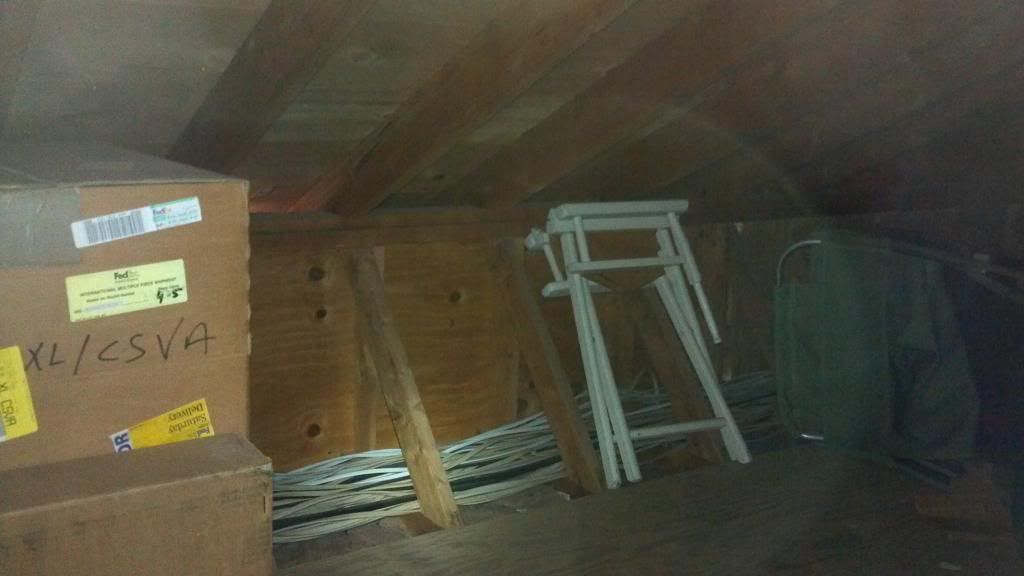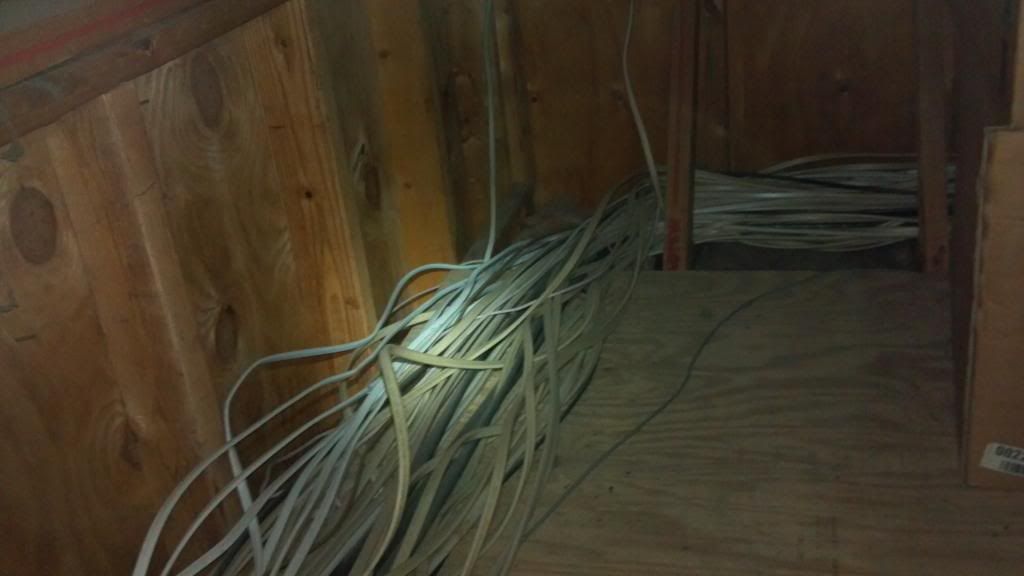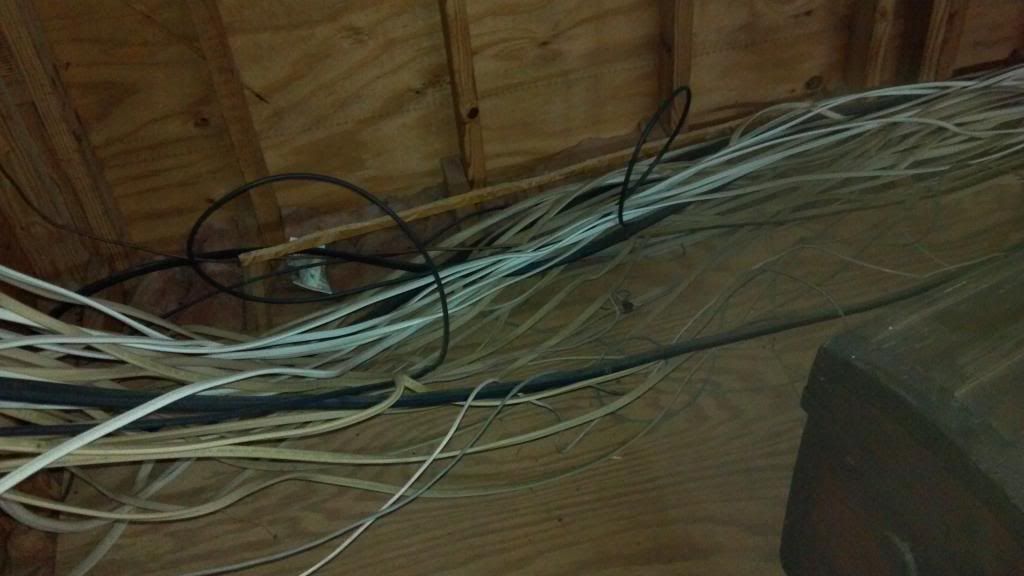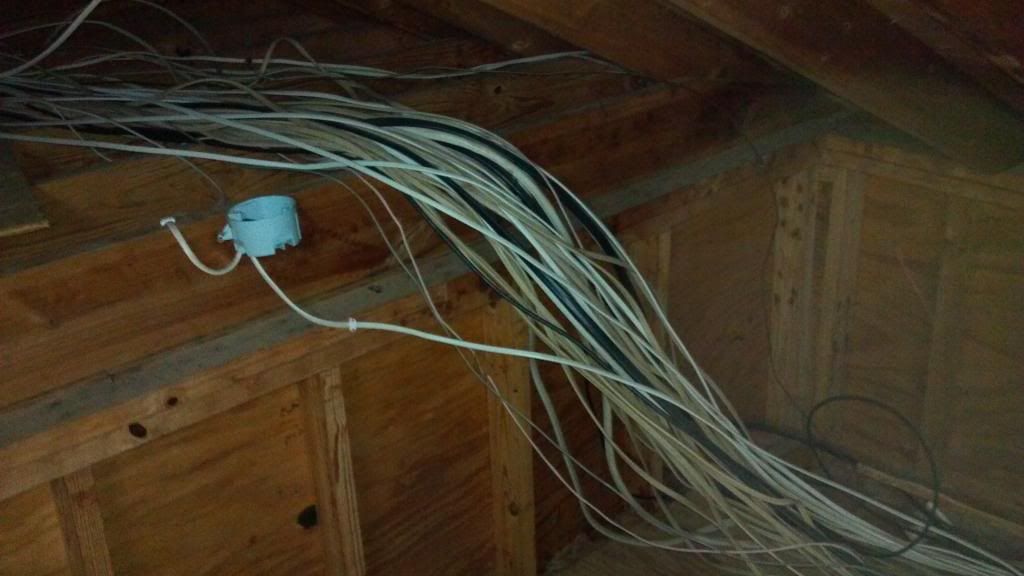- Location
- Tennessee NEC:2017
- Occupation
- Semi-Retired Electrician
Is this bundling?





I was in this attic this week and had to search for a faulted cable and found this. Apparently this part of the house was added and the service/panel was moved from the original location.
It looked to be 75'- 100' from the old location to the new.
If the way this was done is a violation, how could it have been done without bundling?





I was in this attic this week and had to search for a faulted cable and found this. Apparently this part of the house was added and the service/panel was moved from the original location.
It looked to be 75'- 100' from the old location to the new.
If the way this was done is a violation, how could it have been done without bundling?

